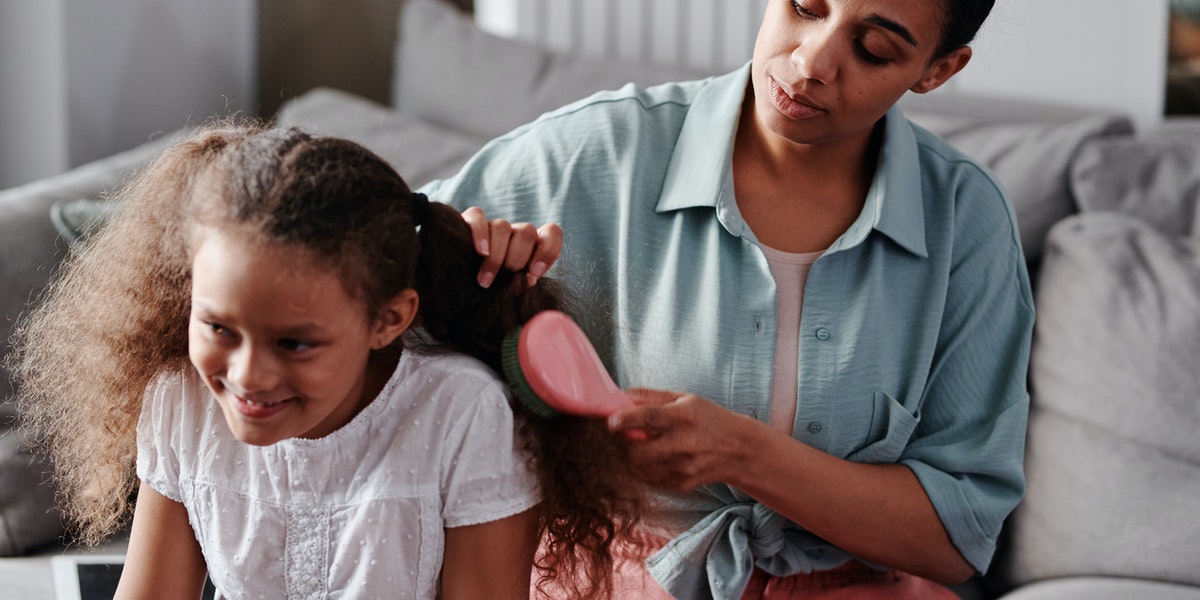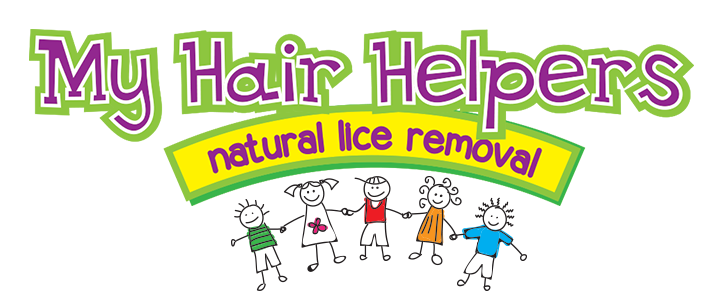Head lice may be annoying but they are also largely misunderstood. By knowing your enemy, you can save yourself a lot of work and headache if you do end up with an infestation. Luckily, My Hair Helpers is here to educate you on what lice can and can’t do and how to get rid of them quickly and effectively. And, when you use our nontoxic head lice treatment, you can have your child back in school the following day!
Let’s separate fact from fiction so that you can be armed and ready to tackle these pests if you do end up with them in your home.
1. Myth: Lice get around by flying or jumping.
Fact: Lice cannot fly, hop or jump. They are crawling, wingless insects. Of course, don’t underestimate these tiny creatures. They can crawl at a rapid rate. It takes just one hug or selfie to catch lice from an infected person.
2. Myth: Head lice can travel to other parts of the body.
Fact: Head lice only affect the hair on your head (and sometimes the eyelashes and eyebrows). They are not the same as body lice, which can be found on different parts of the body. Head lice do NOT travel.
3. Myth: Head lice can live on your pets.
Fact: Pets can get lice, but they’re different from what humans get. Human lice need a human host to survive. Therefore, if you have a lice infestation in your home, your pets are safe. And vice versa if your pets get lice.
4. Myth: Lice only happen to people who are dirty.
Fact: Lice have no preference when it comes to a host’s showering habits. In fact, they prefer clean hair because it’s easier to grab hold of the strands of hair. Things like hairspray and gel make this harder to accomplish.
5. Myth: You can get head lice from an infected couch or chair.
Fact: Chances are very slim that you would contract lice from furniture. Once lice leave the head, they can no longer nourish themselves and usually end up dying within a day or two. Even if they are alive, they’ll be too tired and dehydrated to crawl up the furniture and infect you.
6. Myth: If there’s an infestation, every family should be treated for lice.
Fact: Only those who have a verifiable case of head lice should be treated. All other household members should be monitored. Super lice are a consequence of over-using head lice treatments, so only use dimethicone lice oil when necessary.
7. Myth: Lice are embarrassing so you should keep them a secret.
Fact: You should always notify friends and school contacts if your child has lice. If you don’t tell, you are only helping the lice spread to new hosts. When other people are notified, they can start checking their kids for signs of lice.
8. Myth: Over-the-counter head lice treatment products are the best way to treat lice.
Fact: Many of the products sold in stores are no longer effective at treating lice. They also contain harsh ingredients like insecticides. Instead, contact a professional like My Hair Helpers or shop for professional head lice products online.
9. Myth: One treatment is enough to kill all lice.
Fact: you should do a second treatment in 4 to 5 days to catch any nits that you may have missed. Many head lice products do not work well on nits, allowing them to hatch and start the lifecycle all over again.
10. Myth: There is no way to prevent lice from happening.
Fact: Once a week, take a peak! It’s the best defense you have against lice. If you notice any activity, you can comb out the lice and prevent an infestation. We also recommend wearing the hair up and using a lice repellent spray.


